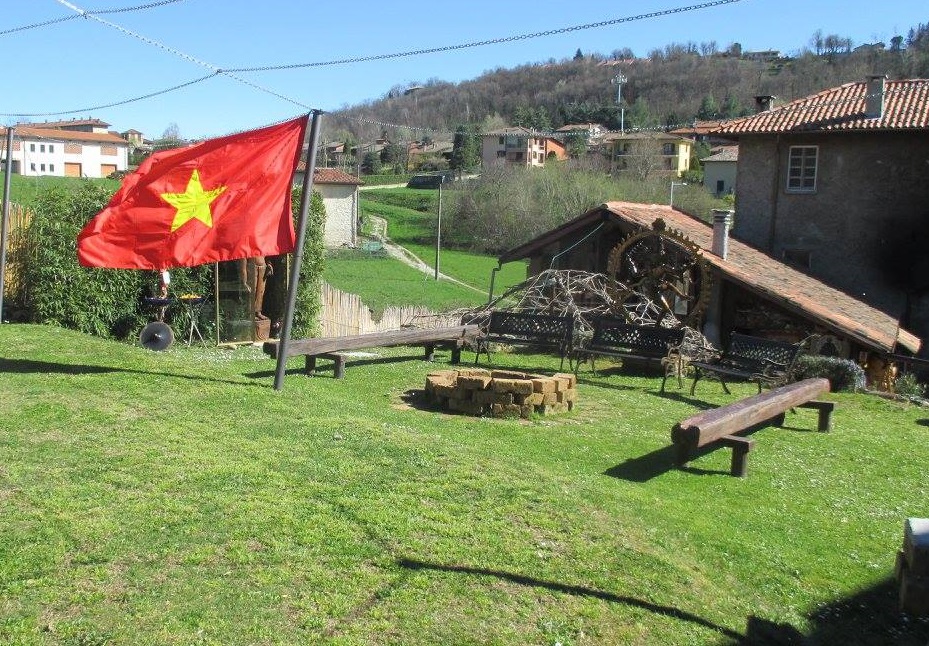via Bornò 5, Sirtori (LC) tel. 349/3692125 - samghasirtori@gmail.com
|
The Theravada Buddhist Philosophy
The term Theravada means “the Teaching of the Elders”. The Theravada Buddhist philosophy encloses experiences, collected during millennia and exclusively passed on orally, of men (the Buddha) whose spirit has been awaken, enlightened and made aware. They (the Buddha) defined this knowledge Dhamma (Sanskrit: Dharma), term that combines the meanings of eternal law, moral duty, virtue, true doctrine, justice . . . the Teaching. A crowd of Buddha that taught “the path” towards wisdom preceded Buddha Siddharta Gautama ( 560 a .c.), the best-known. Really far away are therefore the origins of this “model of life”, which is based on simplicity and common sense and that enables who practice it to “reawaken” the ability of fully living the relationship with oneself and with all the forces that rule the life of the universe. The Theravada philosophy finds acceptance in a Man who believes in himself, in the value of life and that respects everything that surrounds him as being part of a whole. “All is Energy”. That Man recognizes that everything is the result of causes and effects:“the law of Kharma”, where good or bad luck do not exist since his thoughts and will shape his actions; which in turn determine the reality he experiences. Every experience, even the most dramatic, ends up of being a proof in the gym of life and has to be used to grow, to better oneself and to evolve. One's experience can be modified through the broadening of one's restricted way of thinking and through the daily increase in the knowledge of living.
So there is no time to lose… fears and insecurities have to be faced because Life is Beautiful and has to be lived to the fullest.
Community and monastery
The community (Samgha o Sangha in Sanskrit) of Sirtori has been founded in 1986 from the encounter in a gym of martial arts in Milan of a group of people with the Master Chen L.B. While hanging around with each other and sharing moments of life they realized to have a common “dream “: to live their Life in harmony with the possibility to practise the Teachings received in a place created for this purpose.
The community, through the guidance of the Master, has been created from the materiality of those men, whose spirituality has elevated this place as Monastery, not in terms of a place of cult; in fact no monks are living there, but as sacred place to the spirit of men committed to protect it from the “contaminations” of the external world.
Men that believe in the potential of the mind don't believe in a God, they believe in the “I”; in that depth that everyone owns but rarely explores either because he doesn't want or does not know how to go forward. Those men respect in order to be respected, they don't judge in order to not be judged because they know that every man has a path to cover and goals to achieve; first of all to “fully” know himself. From all of this, which requires commitment, dedication, consistency of ideas and behaviour, was born in 1997 the association “Buddhist Theravada philosophical Samgha “. From the statute of the association:
The thought that drives the people that live within the Samgha teaches that every day is a Life. “the Man is born in the morning and dies in the evening “ and in this time it is right that he makes concrete whatever he needs to claim to have fully lived that life. A Life has to include the care for oneself, which implies teachings about gymnastic, the body care, breathing techniques and whatever is necessary to be known so that the body is able to support the efforts that life demands on him.
The order and cleanness of the Community are an important component of our life. The maintenance of the gardens and the park requires dedication and adaptability to different weather conditions. The maintenance of the monastery with all the interventions of the case, the art of bonsai, wood carving and the manufacture of other materials useful for the proper functioning of the community are further activities that fill our days.
It is not easy to summarize our way of life, for the readers it might be useful to imagine a life where the individual interacts with other people to “create” in a free, harmonious and constrictions-free environment. In the moment in which someone wants to share something it is only necessary to be present since everyone, with his own capabilities, can be useful. Moments of work are alternated with moments of study and discussion about oneself, mind, Life, man, insecurities, and potentialities and how to develop them so that are useful to oneself and subsequently to other people.
“Samgha”
The oriental art collection of the community has been developed during the years from the will of the members to be surrounded by artefacts produced under the influence of oriental thought.
The collection is made up of pieces acquired during travels, exchanges between our community and others connected to us , gifts received from the members or objects viewed and purchased in oriental countries because of their interesting historical, cultural and artistic characteristics. Various is the typology of the pieces, extremely wide is the dating of the works on
The result: a collection of human creations so numerous and varied that allows the visitor that let himself to be carried by perceptions, not only to spend moments of serenity and harmony in a time-space completely different from the usual one but, through the analysis of object that affects him the most, to know himself more deeply (our inclinations help us to find out who we are).
|
||||||

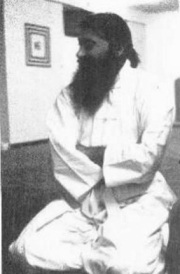

 They found a ruin on sale in the village of Sirtori and despite the lack of specific knowledge, they began, with determination and perseverance, to renovate it so that other people with them and after them may have the possibility to concretely live that “dream”.
They found a ruin on sale in the village of Sirtori and despite the lack of specific knowledge, they began, with determination and perseverance, to renovate it so that other people with them and after them may have the possibility to concretely live that “dream”. 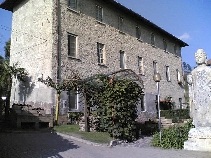

 It is right that man follows a proper diet, therefore fruit and vegetables are hand-picked from the land, the products of which are transformed. Bread, pizza, cookies and cakes are baked in a wood oven and, according to the seasons, cheeses are produced from fresh milk supplied from close farms. Thanks to assistance we have developed the ability to produce goods useful for us and for those people that; even though do not live with us, assiduously visit the community and take part to the activities organised through which they acquire useful and concrete knowledge.
It is right that man follows a proper diet, therefore fruit and vegetables are hand-picked from the land, the products of which are transformed. Bread, pizza, cookies and cakes are baked in a wood oven and, according to the seasons, cheeses are produced from fresh milk supplied from close farms. Thanks to assistance we have developed the ability to produce goods useful for us and for those people that; even though do not live with us, assiduously visit the community and take part to the activities organised through which they acquire useful and concrete knowledge. 

 In a life (a day) find space moments of study of the scriptures, traditions and oriental art (please see the section dedicated to the collection). The interest in the oriental art led us to increase our knowledge about restoration . . . items damaged by time and by the neglect of men.
In a life (a day) find space moments of study of the scriptures, traditions and oriental art (please see the section dedicated to the collection). The interest in the oriental art led us to increase our knowledge about restoration . . . items damaged by time and by the neglect of men.  Guided by the Master we develop abilities in the noble martial arts, in physical and mental discipline; which are the foundation of our daily life. This knowledge allows the achievement of self-confidence and the ability to always protect oneself and everything that has been built with Love.
Guided by the Master we develop abilities in the noble martial arts, in physical and mental discipline; which are the foundation of our daily life. This knowledge allows the achievement of self-confidence and the ability to always protect oneself and everything that has been built with Love. 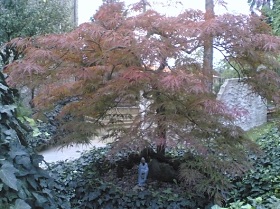 “You man are an island “. . .
“You man are an island “. . .
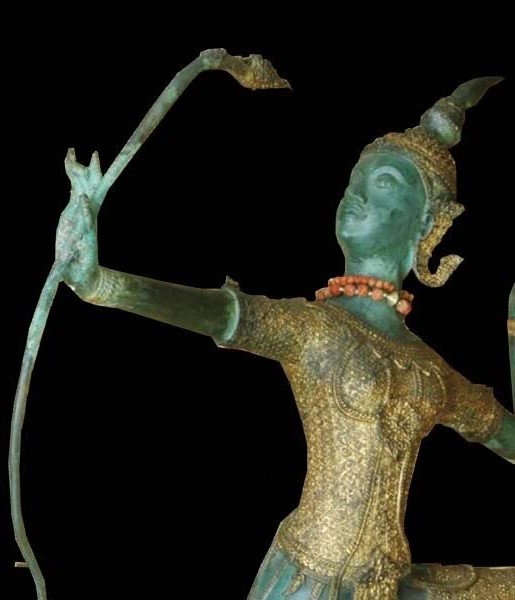 display. There are both important historic artefacts and examples of contemporary hand-craft.
display. There are both important historic artefacts and examples of contemporary hand-craft. 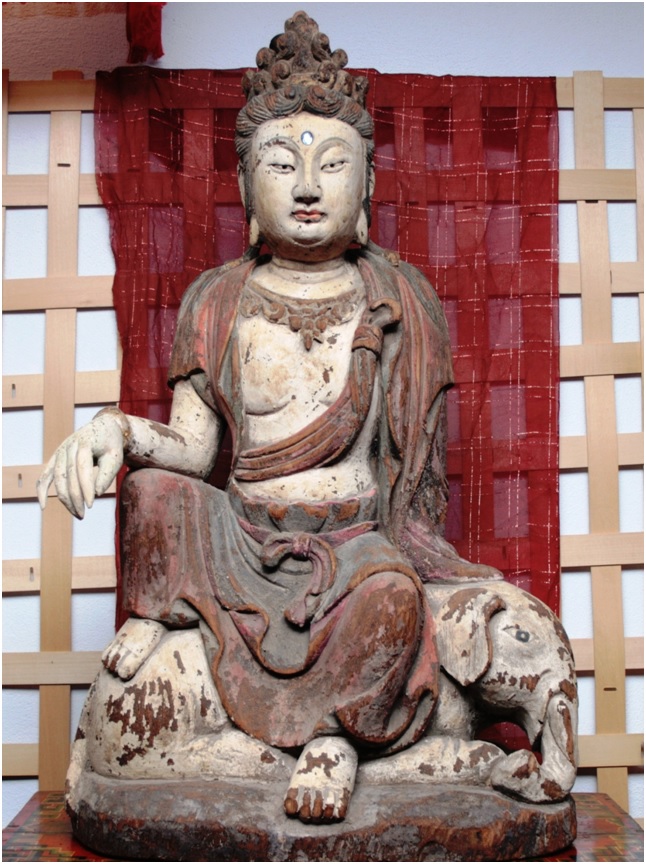 Each object brings with it the essence of its creation both at cultural and historical levels and allows us to have an useful tool through which pass on the tradition that lies at the base of every activity in Orient, cults, beliefs, devotion . . .
Each object brings with it the essence of its creation both at cultural and historical levels and allows us to have an useful tool through which pass on the tradition that lies at the base of every activity in Orient, cults, beliefs, devotion . . . 